Photos from QB Jameis Winston's 2016 campaign.









































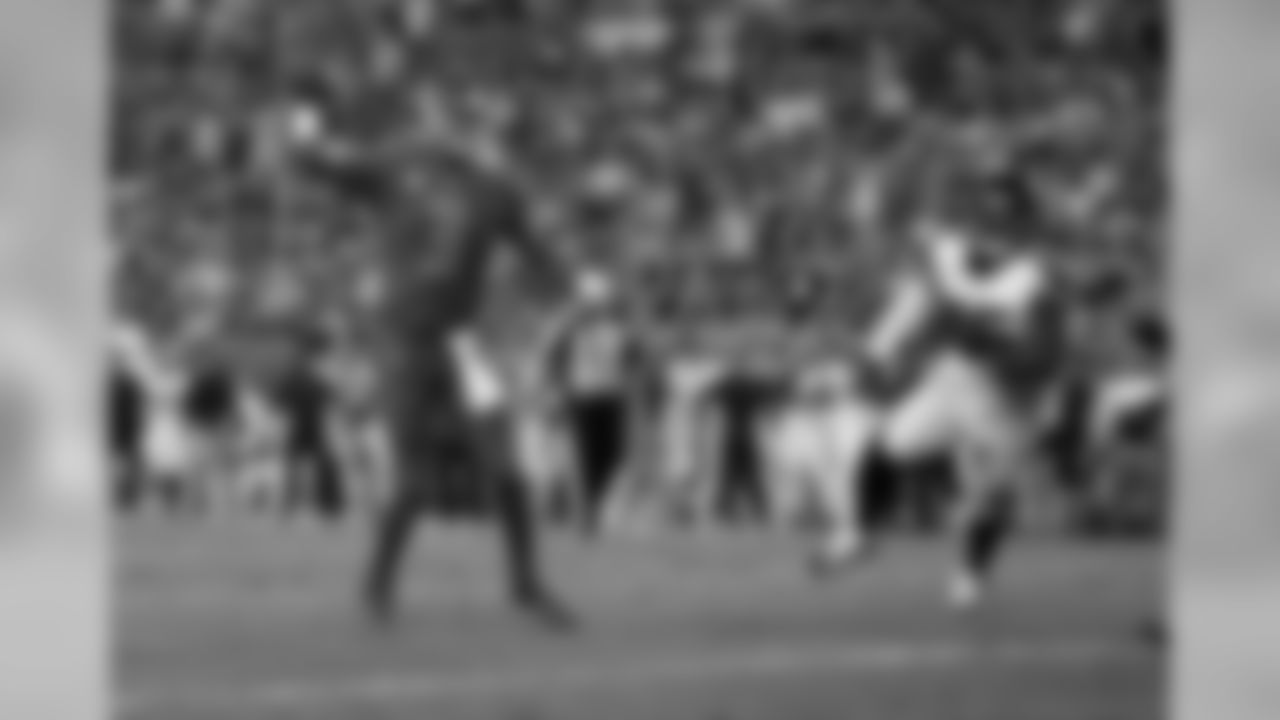
























































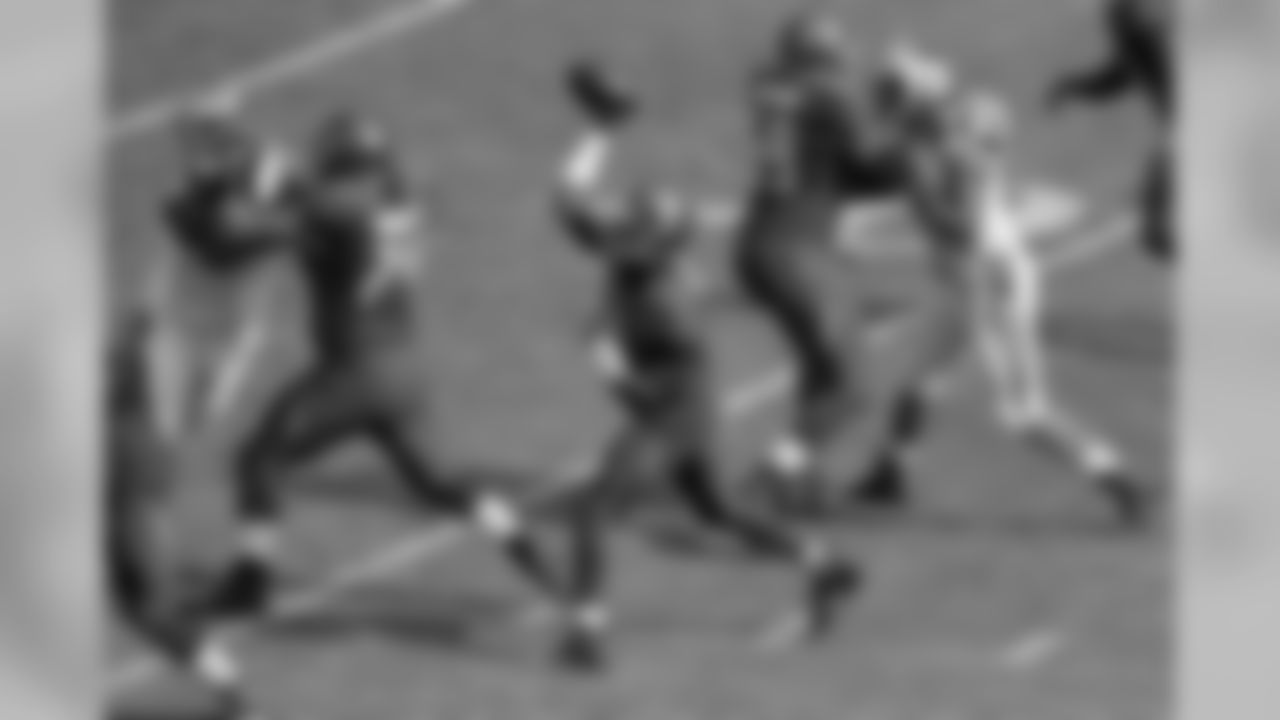

The Tampa Bay Buccaneers made real progress in 2016, most notably in the bottom line of wins and losses. In addition to improving their win total from six to nine, the Buccaneers also advanced to the cusp of the playoffs, only missing out on a postseason berth due to a third-level tiebreaker.
That the team clearly ascended this past season without quite achieving its ultimate goals suggests that there were some areas of improvement that were greater than others. Over the next two weeks we're going to use a series of "progress reports" to identify some areas that needed improvement in 2016, assess how much growth there was and try to determine the reasons for success or failure.
Today's issue: Completion percentage.
This is actually two separate issues, as Tampa Bay ranked near the bottom in completion percentage on both offense and defense in 2015. The more serious problem was on defense, so that's where we'll begin today.
1. Completion Percentage Allowed
In 2015, the Buccaneers' defense set an unwanted franchise record by allowing 70.0% of opposing passes to find their mark. That put the team dead last in the NFL rankings and greatly informed its offseason roster-shaping strategy. Believing it was a combined issue of a lack of pressure up front and insufficient coverage in the secondary, the Buccaneers added a prominent free agent in both areas (defensive end Robert Ayers and cornerback Brent Grimes) and then did so again with their first two picks in the draft (cornerback Vernon Hargreaves and defensive end Noah Spence).
A look back at Mike Evans' 12 touchdowns during the 2016 season.

Mike Evans catches a 45-yard touchdown pass against the Falcons in Week 1.

Mike Evans catches a 45-yard touchdown pass against the Falcons in Week 1.

Mike Evans catches a 45-yard touchdown pass against the Falcons in Week 1.

Mike Evans catches a 19-yard touchdown pass against the Cardinals in Week 2.

Mike Evans catches a 19-yard touchdown pass against the Cardinals in Week 2.

Mike Evans catches a 19-yard touchdown pass against the Cardinals in Week 2.

Mike Evans catches a 7-yard touchdown pass against the Rams in Week 3.

Mike Evans catches a 7-yard touchdown pass against the Rams in Week 3.

Mike Evans catches a 7-yard touchdown pass against the Rams in Week 3.

Mike Evans catches a 26-yard touchdown pass against the Panthers in Week 5.

Mike Evans catches a 26-yard touchdown pass against the Panthers in Week 5.

Mike Evans catches a 26-yard touchdown pass against the Panthers in Week 5.

Mike Evans catches a 4-yard touchdown pass against the Niners in Week 7.

Mike Evans catches a 4-yard touchdown pass against the Niners in Week 7.

Mike Evans catches a 5-yard touchdown pass against the Niners in Week 7.

Mike Evans catches a 3-yard touchdown pass against the Falcons in Week 9.

Mike Evans catches a 24-yard touchdown pass against the Falcons in Week 9.

Mike Evans catches a 24-yard touchdown pass against the Falcons in Week 9.

Mike Evans catches a 23-yard touchdown pass against the Seahawks in Week 12.

Mike Evans catches a 23-yard touchdown pass against the Seahawks in Week 12.

Mike Evans catches a 3-yard touchdown pass against the Seahawks in Week 12.

Mike Evans catches a 34-yard touchdown pass against the Saints in Week 16.

Mike Evans catches a 34-yard touchdown pass against the Saints in Week 16.

Mike Evans catches a 34-yard touchdown pass against the Saints in Week 16.

Mike Evans catches a 10-yard touchdown pass against the Panthers in Week 17.

Mike Evans catches a 10-yard touchdown pass against the Panthers in Week 17.

Mike Evans catches a 10-yard touchdown pass against the Panthers in Week 17.
The results, while not perfect, were significant. Tampa Bay's defense allowed a completion percentage of 63.3% in 2016, moving from 32nd to 18th in the league rankings. While that rate might still seem high – that's the sixth-highest completion percentage the Bucs have allowed in a single season – it is somewhat a function of the sport's development. The overall completion percentage in the NFL was 63.0% in both 2016 and 2015. Five of the Bucs' top six highest completion rates allowed have occurred over the last six seasons.
To reiterate, advancing from last in the NFL to almost exactly league average was a very real improvement for the Buccaneers' pass defense in 2016. In fact, that is the single greatest year-over-year improvement the franchise has even seen in completion percentage allowed. The previous best for the Buccaneers occurred three-and-a-half decades ago, from 1980 to 1981. The '80 defense allowed a completion percentage of 63.6% but the '81 squad improved by five percentage points to 58.6%.
Tampa Bay was also one of the most improved teams in the NFL in 2016 in terms of opponent completion percentage, unsurprisingly. The only team that made a bigger jump in this area was the New York Giants, who allowed a 66.3% completion rate in 2015 and lowered that 7.7 percentage points to 58.6% in 2016. Now, this is not an attempt to be misleading; obviously, teams that were already very good in this category in 2015 would have had far less room to improve. The Kansas City Chiefs, for instance, were second in the NFL in 2016 with an opponent completion percentage of 58.5%, but that was actually a bit worse than the 57.5% rate they allowed while also ranking second in 2015. However, of all 16 teams that were in the bottom half of the NFL rankings in 2015, only three improved by even four percentage points. Three even got worse.
So why did the Buccaneers' pass defense become significantly less gracious in 2016? The most obvious answer is the two prominent additions at cornerback. Grimes and Hargreaves gave the team two new starters; each opened all 16 games, with the former on the field for 94% of the team's defensive snaps and the latter for 98%. Those two helped the Buccaneers' secondary get its hands on more passes this past season. Tampa Bay's defense logged 11 interceptions and 68 passes defensed in 2015 but saw those numbers jump significantly to 17 and 87 in 2016.
Grimes was the top performer in that regard. In fact, he led the entire NFL with 24 passes defensed, the highest single-season total by a Buccaneer since Ronde Barber had the same number in 2001. Another key change was Keith Tandy's ascension to the starting lineup down the stretch, first as an injury replacement for Chris Conte and then due to his own stellar play. Tandy started the last five games and broke up seven passes in that span.
New Defensive Coordinator Mike Smith likely deserves some of the credit, as well. It took Buccaneer defenders some time to become fully adjusted to the new defense and on-field communication between the players was a serious problem during the first half of the season. However, Tampa Bay's defense improved dramatically during the second half of the season in all areas, and the defensive backs were able to play more aggressively and instinctively. The Bucs had just four interceptions through their first eight games but led the NFL with 13 picks over the season's final eight weeks.
It's not quite as clear that an improved pass rush played a major role in the improved completion percentage. The Buccaneers tied for ninth in the NFL with 38 sacks in 2016, but that was the same total it put up in 2015, which was good for 14th in the league. According to Football Outsiders, Tampa Bay's defensive line had an "adjusted sack rate" of 7.1% in 2016, which was seventh best in the NFL. In 2015, that mark was 7.6%, which was fifth best.
2. Offensive Completion Percentage
The Buccaneers improved in this area, too – which is to say second-year quarterback Jameis Winston took an expected step forward in his game – though not as dramatically as they did on defense. Winston threw all of the team's regular-season passes in 2015 and completed 58.3% of them, putting the Bucs at #29 in the rankings. In 2016, he threw all but 11 of the Bucs' 578 passes, of which 61.4% were completed. That moved Tampa Bay up to 20th in the NFL rankings.
Again, the overall league completion rate in both of those seasons was 63.0%, so the Buccaneers improved from a clearly insufficient mark to relatively close to the NFL average. Still, more progress is likely needed in this area if the Bucs want to take the next step into the playoffs. Of the eight teams that played in the divisional round this past weekend, seven ranked in the top half of the league in completion percentage (Houston was the exception) and four ranked in the top seven.
On the other hand, the nature of the Buccaneers' passing attack might not be conducive to a completion rate north of 65%, which playoff teams like the Falcons, Cowboys and Patriots are able to achieve. As recently noted by NFL.com's Matt Harmon, Winston generally is asked to throw the ball farther downfield than most quarterbacks, particularly on third down. That's also reflected in the difference between the Bucs' Y@C (yards AT catch) and YAC (yards AFTER catch). Tampa Bay ranked second in the NFL in average Y@C in 2016, at 7.7; the team ranked second to last in average YAC, at 4.0.
The Buccaneers' final snap counts for the 2016 season, according to Football Outsiders.

G Ali Marpet - 1,204

OT Donovan Smith - 1,179

QB Jameis Winston - 1,123

CB Vernon Hargreaves - 1,113

LB Lavonte David - 1,111

S Bradley McDougald - 1,094

LB Kwon Alexander - 1,091

CB Brent Grimes - 1,040

OL Kevin Pamphile - 1,014

OT Demar Dotson - 989

C Joe Hawley - 983

WR Mike Evans - 951

DT Gerald McCoy - 854

S Chris Conte - 829

TE Cam Brate - 820

WR Adam Humphries - 720

S Keith Tandy - 661

DE Will Gholston - 657

DE Robert Ayers - 617

DE Noah Spence - 595

WR Russell Shepard - 588

TE Brandon Myers - 578

LB Daryl Smith - 548

DT Clinton McDonald - 532

DT Akeem Spence - 479
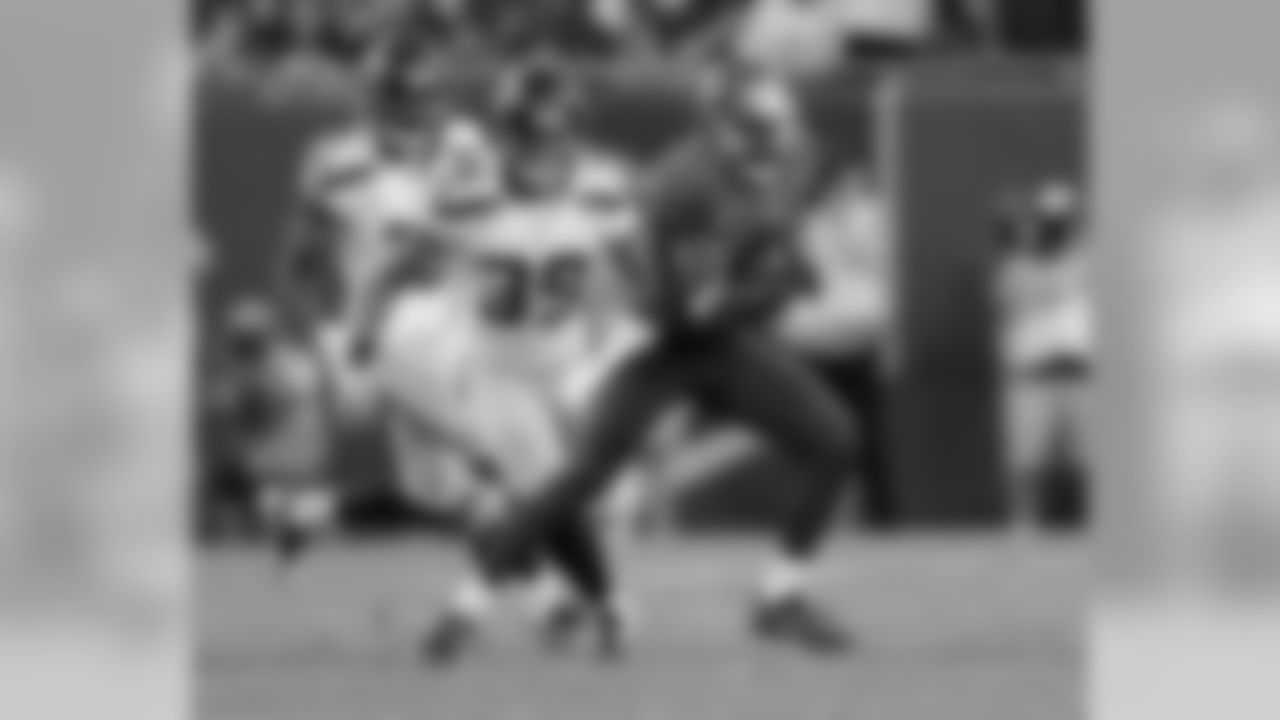
CB Alterraun Verner - 425

DT DaVonte Lambert - 424

TE Luke Stocker - 403

RB Jacquizz Rodgers - 397

CB Jude Adjei-Barimah - 385
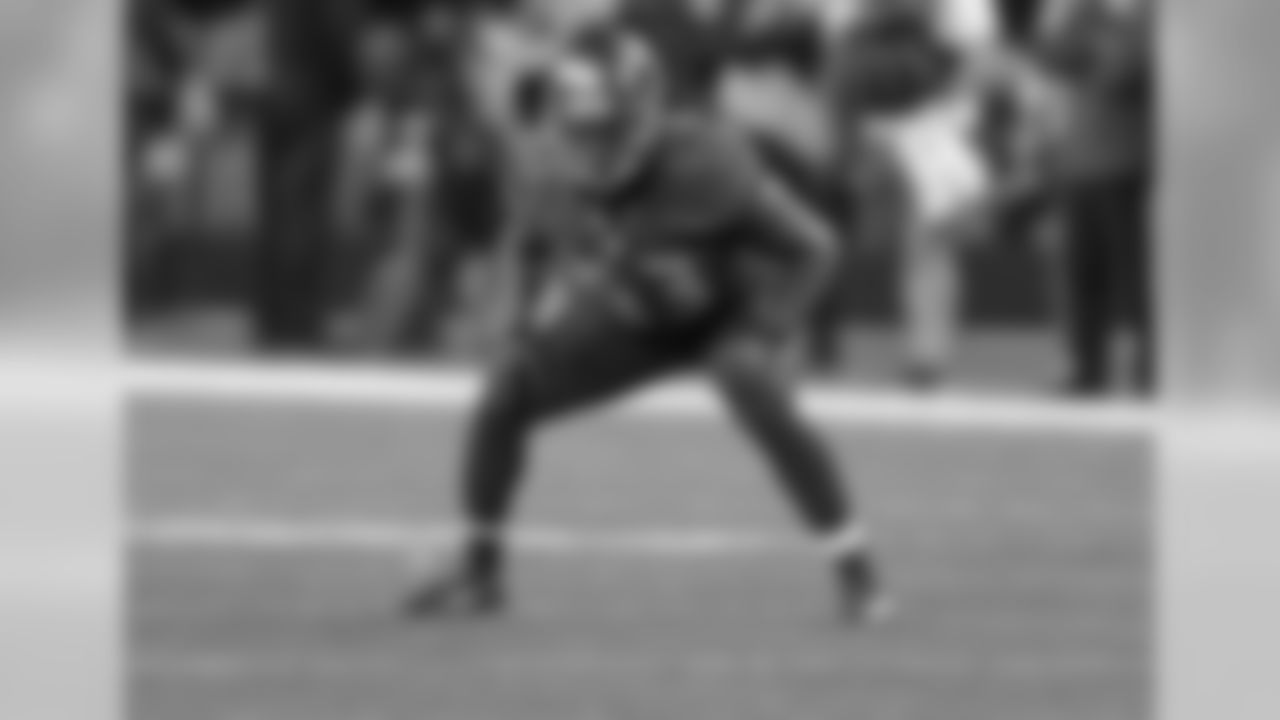
LB Adarius Glanton - 332

RB Doug Martin - 322

WR Vincent Jackson - 313

CB Josh Robinson - 305

RB Peyton Barber - 295

WR Freddie Martino - 278

OT Gosder Cherilus - 278

WR Cecil Shorts - 268

TE Alan Cross - 266

DE Ryan Russell - 246

RB Charles Sims - 238

DB Ryan Smith - 229

LB Cameron Lynch - 223

OL Evan Smith - 214

CB Javien Elliott - 212

DE Howard Jones - 194

OL Caleb Benenoch - 156

K Roberto Aguayo - 144
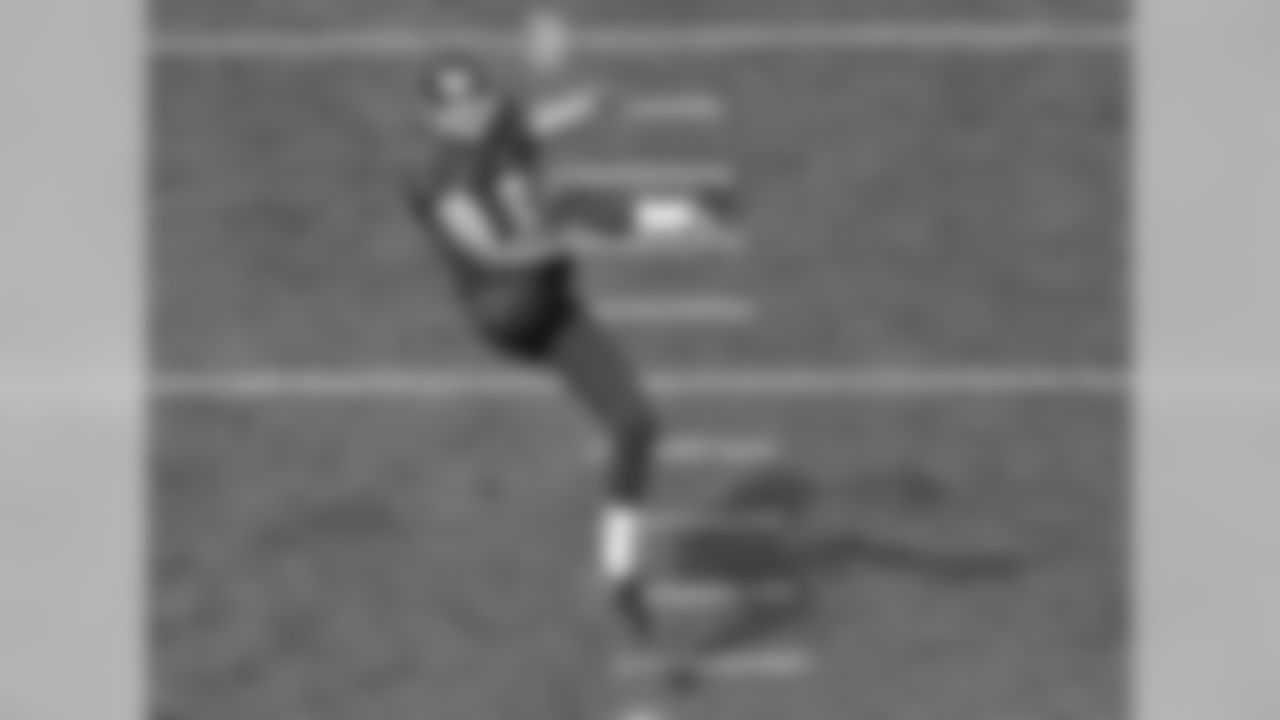
P Bryan Anger - 137

LS Andrew DePaola - 133

RB Mike James - 110

DT Channing Ward - 90

C Ben Gottschalk - 90

LB Josh Keyes - 88

DT Sealver Siliga - 71

RB Antone Smith - 71

DT John Hughes - 66

TE Austin Seferian-Jenkins - 52

WR Josh Huff - 50

CB Johnthan Banks - 44

S Major Wright - 32

OT Leonard Wester - 28

QB Mike Glennon - 15

FB Austin Johnson - 8

RB Russell Hansbrough - 3

DE Jacquies Smith - 2

WR Donteea Dye - 2
While he showed progress, Winston's efforts were not helped by a string of injuries that led to a rotating cast next to top receiver Mike Evans. Evans started all 16 games but the other spot passed between Vincent Jackson, Cecil Shorts and Russell Shepard, with the former two ending up on injured reserve. The Buccaneers' rushing attack was also far less productive and consistent as it was in 2015, taking bite out of the play-action game, which can lead to easy completions.
Chalk the Bucs' improvement in this category – as well as the fact that it was a relatively mild improvement – up to the age and experience of their promising quarterback. Winston is the first quarterback in NFL history to open his career with consecutive 4,000-yard passing seasons, and it's clear he has a long and bright future with the Buccaneers. He is still working on various parts of his game, however, as would be expected. Winston is tireless in this regard, always willing to identify his own shortcomings and do whatever is necessary to eliminate them. There's a very good chance he will take another big step forward in 2017, and the Buccaneers' completion percentage will progress along with him.





















